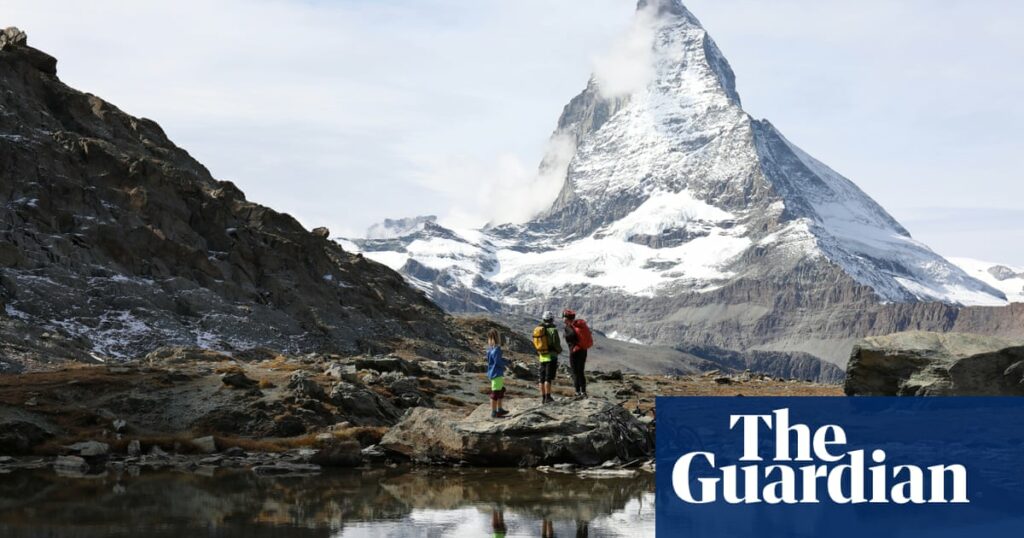Switzerland and Italy have redrawn a border that traverses an Alpine peak as melting glaciers shift the historically defined frontier.
The two countries agreed to the modifications beneath the Matterhorn, one of the highest mountains in Europe, which straddles Switzerland’s Zermatt region and Italy’s Aosta valley.
Glaciers in Europe, the world’s fastest-warming continent, are retreating at an accelerated pace because of human-caused climate breakdown.
“Significant sections of the border are defined by the watershed or ridge lines of glaciers, firn or perpetual snow,” the Swiss government said in a statement cited by Bloomberg. “These formations are changing due to the melting of glaciers.”
The famed Zermatt ski resort is affected by the change, with the two countries agreeing to modify the border around the landmarks of Testa Grigia, Plateau Rosa, Rifugio Carrel and Gobba di Rollin based on their economic interests, Bloomberg reported.
Graphic showing example of glacier movement
A joint Italian-Swiss commission agreed to the changes in May 2023. Switzerland officially approved the treaty on Friday, but Italy still needs to sign.
The changes come after a disagreement between the two countries over the peak’s territory that lasted for years.
Swiss glaciers lost 4% of their volume in 2023, the second-biggest annual decline on record, according to the Swiss Academy of Sciences. The largest decline was 6% in 2022.
Experts have stopped measuring the ice on some Swiss glaciers because there is none left.
The remains of a German mountain climber who disappeared while crossing a glacier near the Matterhorn nearly 40 years ago were discovered in melting ice in July last year.
skip past newsletter promotion
Sign up to This is Europe
The most pressing stories and debates for Europeans – from identity to economics to the environment
Privacy Notice: Newsletters may contain info about charities, online ads, and content funded by outside parties. For more information see our Privacy Policy. We use Google reCaptcha to protect our website and the Google Privacy Policy and Terms of Service apply.
after newsletter promotion
Experts in Italy said this month that the Marmolada glacier, which is the largest and most symbolic of the Dolomites, could melt completely by 2040 as a result of rising average temperatures.
The collapse of part of the Marmolada killed 11 people in 2022.
The glacier has been measured every year since 1902 and is considered a “natural thermometer” of climate change.
Source link : https://www.theguardian.com/environment/2024/sep/29/melting-glaciers-switzerland-italy-alpine-border-matterhorn
Author :
Publish date : 2024-09-29 16:13:00
Copyright for syndicated content belongs to the linked Source.
